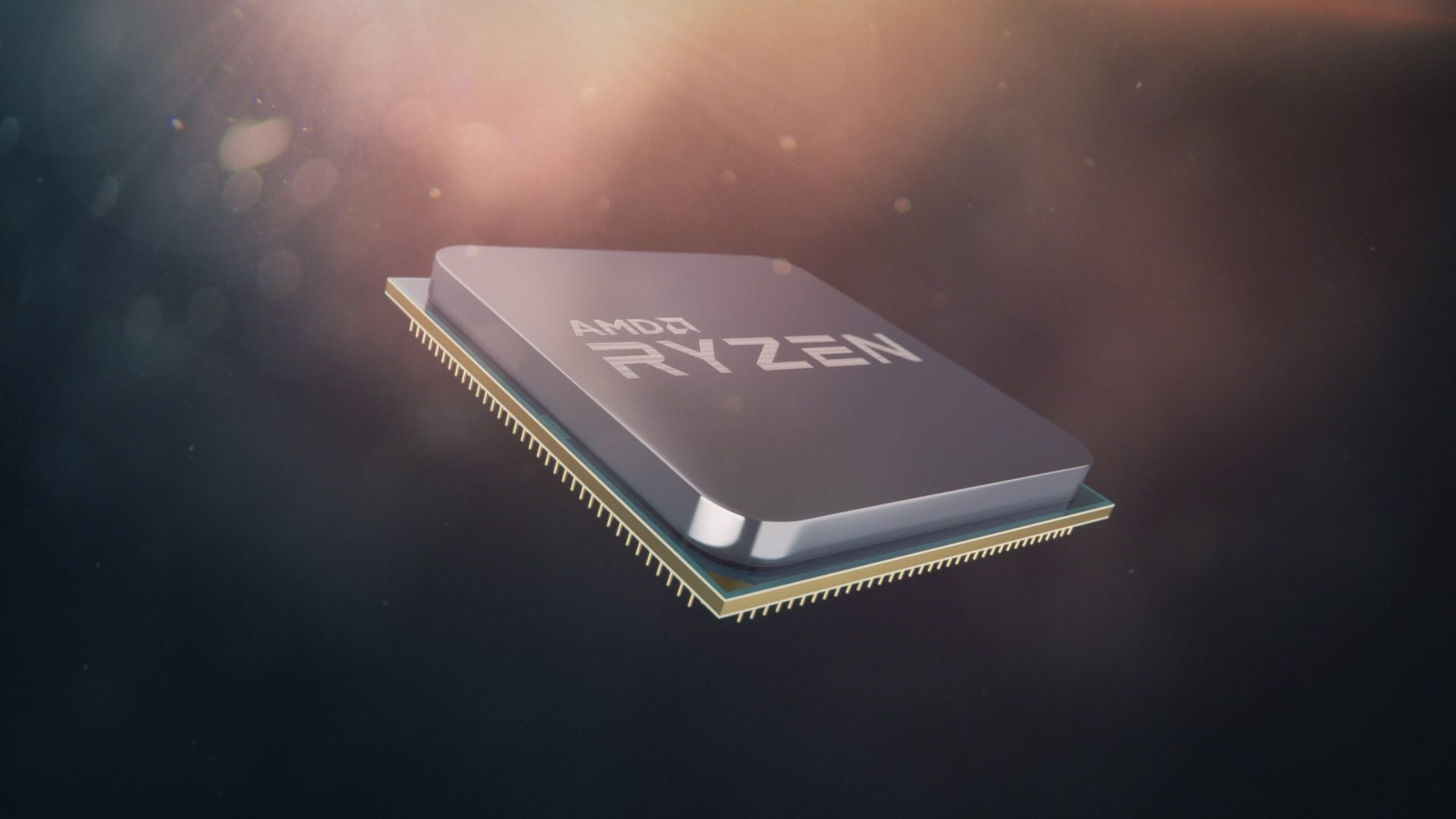Despite the fact that it only seems to be yesterday that the Zen 2 chips for the Ryzen 3000 processors were released, we have noted that the Zen 3 is on its way, which shouldn’t be too surprising considering that AMD does everything possible to keep its CPU line up to date every year.
AMD Zen 3 is added to the Linux kernel
In recent hours, the Zen 3 CPU series microcode has been added to the Linux kernel, which is recognized by the Komachi hardware filter.
The discovery describes the addition of EDAC (Error Detection and Correction) family operation code to the Linux kernel for the 19h family systems, which is AMD’s CPU family based on the Zen 3 microarchitecture. Of course, the existing 17h family (Zen2) chips can still be used, and we should note that these are not the Ryzen 4000 ‘Renoir‘ APUs announced at CES, as they are still based on the Zen2 microarchitecture.
[PATCH 4/5] EDAC/amd64: Add family ops for Family 19h Models 00h-0Fh https://t.co/wveHQTqrqU
>Add family ops to support AMD Family 19h systems. Existing Family 17h
functions can be used.
Also, add Family 19h to the list of families to automatically load the
module.— 遠坂小町@Komachi (@KOMACHI_ENSAKA) January 18, 2020
AMD will bring the USB 4.0 standard with Zen 3 and its 600 Series chipsets
Theoretically, AMD is expected to launch the 500 series chipsets, including the B550 and A520, earlier this year (or at least they are expected to go into production in the first quarter of this year), and with the 600 series, it is claimed that one of the major innovations will be support for the new USB 4.0 standard. This code added to the Linux system shows that Zen 3 is on the way and getting closer, which promises better performance.
However, this is not the only information we have learned about Zen 3: In October, AMD accidentally revealed a series of slides in a YouTube video about the Milan processor family based on the Zen 3 architecture that was quickly removed from the Internet.
In addition, AMD’s Lisa Su revealed in a recent interview published in her own volume “The Bring Up” that Zen 3 processors and Big Navi GPUs will arrive later this year, so we’re very excited about these developments.
